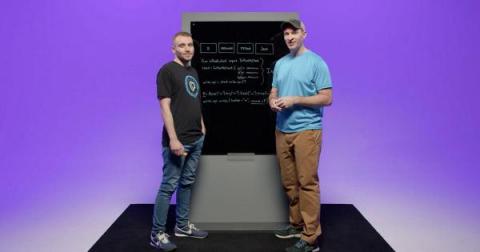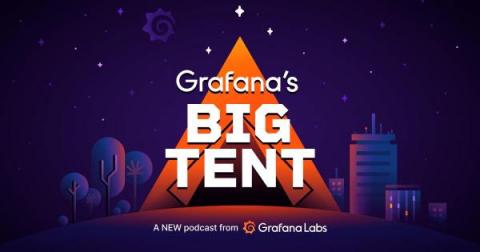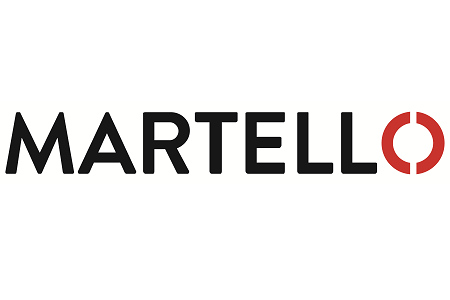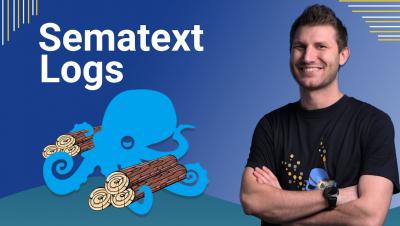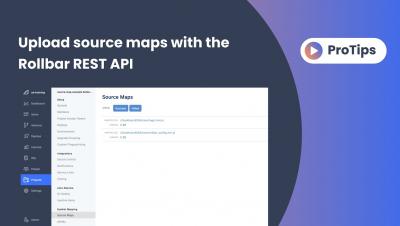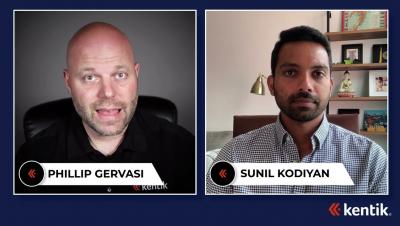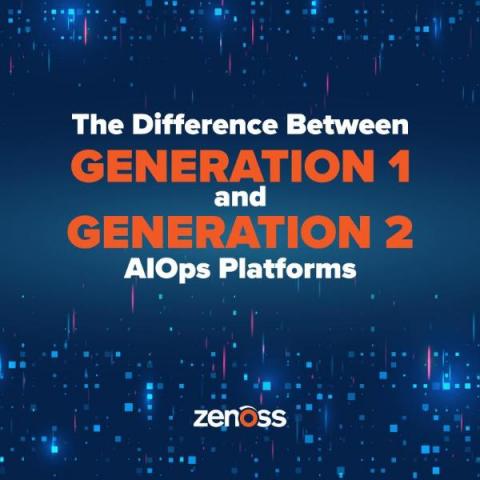TL;DR InfluxDB Client Libraries
InfluxDB is very powerful for working with time series data, but learning to use any new tool can be intimidating. The fear of a steep learning curve can delay or even prevent people from using new tools that would ultimately make things easier and more efficient. Fortunately, InfluxDB has over a dozen client libraries so you can work with InfluxDB using a language you already know.


